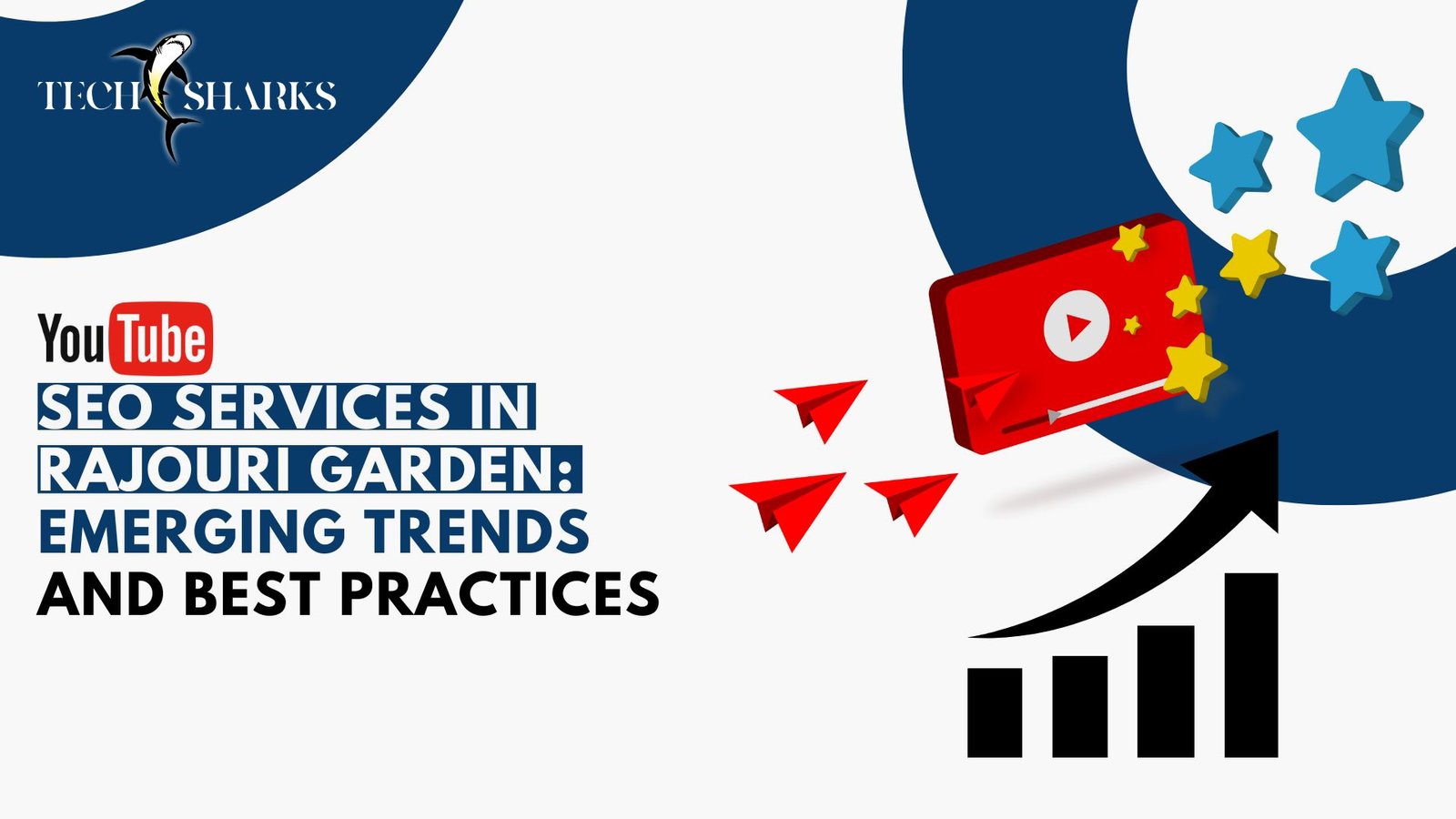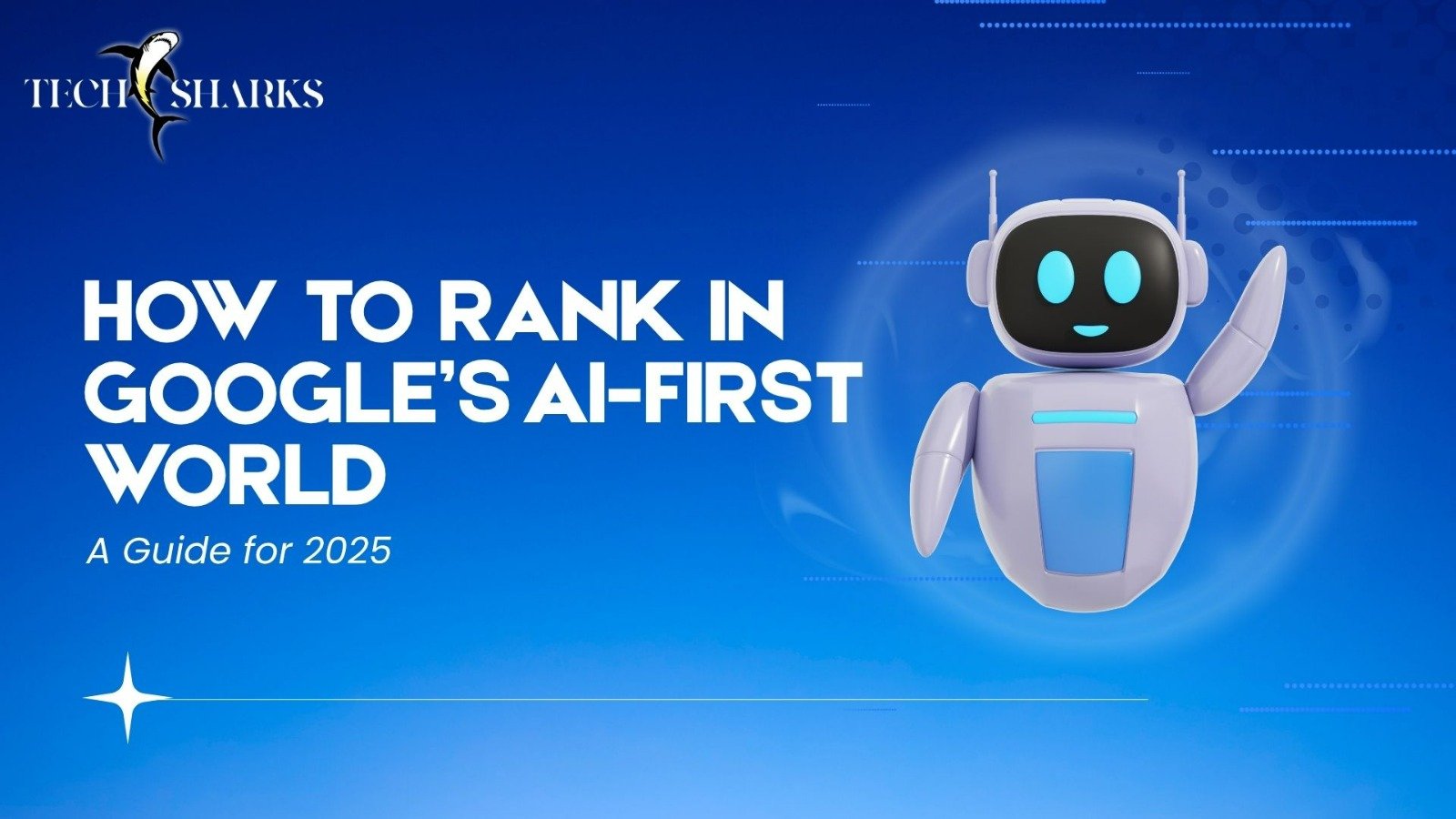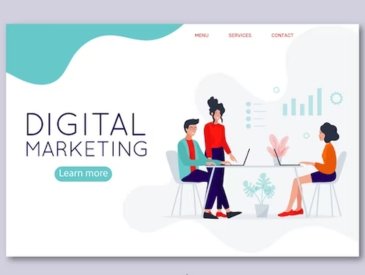If you run a DTC (direct-to-consumer) brand, chances are you’ve danced with Facebook Ads before—maybe even scaled your first ₹1 lakh month using them. But over the past few years, one thing has become crystal clear: the game has changed.
Thanks to Apple’s iOS privacy updates, cookie restrictions, and increased consumer awareness, running Facebook ads for DTC brands today requires more than a good creative and a big budget. You need to be smarter, faster, and most importantly, more strategic.
Let’s break down what it takes to actually scale your DTC brand in 2025—with Facebook Ads—without burning through your budget or losing sleep over every CPM spike.
The Shift to a Privacy-First Era: What Changed?
The biggest shakeup came in 2021 with Apple’s iOS 14.5 update. Users were now actively asked whether they wanted apps to track their behavior across other apps and websites. Most people (understandably) said “no thanks.”
This meant advertisers lost a big chunk of the data they relied on—like which customer bought what, where they came from, and how many times they clicked before converting.
For DTC brands, especially those with smaller teams and tighter margins, this was a serious curveball.
But here’s the good news: Facebook ads still work. They just work differently.
Step 1: Understand That First-Party Data is Gold
In a privacy-first world, your own customer data is your most powerful asset. This means:
Email addresses
Phone numbers
Purchase behavior from your website
Add-to-cart history
Engagement on your social media
Start treating your email and SMS lists like royalty. These can be uploaded to Facebook as Custom Audiences and used to build Lookalike Audiences, which are still effective (especially when paired with good creative).
If you’re running a Shopify store, connect it directly with your Meta Ads Manager. The cleaner your pixel and event tracking setup, the better Facebook’s algorithm can optimize your campaigns.
Step 2: Focus on Creative That Stops the Scroll
Let’s face it: Facebook’s ad algorithm isn’t as smart as it used to be when it comes to tracking conversions. But what it is still great at is distributing attention-grabbing content.
So instead of obsessing over granular targeting, double down on thumb-stopping creative.
What works in 2025?
UGC-style videos: Real people talking about your product in natural language.
Problem-solution formats: “Struggling with oily skin? This toner changed everything.”
Unboxing or first impressions: These are still incredibly engaging, especially for beauty, fashion, and tech brands.
Text overlays + subtitles: Most people watch without sound. Make your message clear from the first 3 seconds.
Think of your creative as the salesperson, and your media buying as the distribution. Both need to be sharp.
Step 3: Build a Full-Funnel Strategy (Not Just Sales Ads)
One of the biggest mistakes DTC brands make with Facebook Ads is only running conversion campaigns. Yes, sales are the goal—but people don’t just buy the first time they see your product.
Instead, create a 3-stage ad funnel:
1. Top of Funnel (Awareness):
Introduce your brand. Entertain. Educate. Use Reels, carousels, and short videos. Don’t push for a sale yet.
2. Middle of Funnel (Consideration):
Retarget people who engaged with your content or visited your website. Share testimonials, reviews, benefits, and unique selling points.
3. Bottom of Funnel (Conversion):
Offer discount codes, bundles, or free shipping. Remind cart abandoners. Keep CTAs clear: “Buy now,” “Only 3 left,” etc.
Running Facebook ads for DTC brands without this structure is like proposing on the first date. You might get lucky, but you’ll likely get ghosted.
Step 4: Test More. Panic Less.
With tracking less accurate, you need to rely more on testing. Not just audience tests, but creative angles, formats, hooks, and offers.
Try this:
Run 3 creatives with different hooks (emotional, funny, urgent)
Keep the headline and CTA consistent
See which one performs best based on thumbstop ratio and CTR
If you’re only optimizing for ROAS (return on ad spend), you might miss what’s actually driving interest. So check in-platform metrics like:
Scroll stop time
CTR (Click Through Rate)
CPM (Cost per 1,000 impressions)
Add-to-cart rate
This gives a more rounded view of what’s working, especially when purchase tracking is murky.
Step 5: Improve Your Landing Experience
You can have the best Facebook ad in the world—but if your landing page sucks, you won’t convert.
So before you scale your ad spend, check:
Is your website mobile-friendly and fast?
Do you have trust elements (reviews, badges, guarantees)?
Is your offer crystal clear above the fold?
Can someone complete checkout in under 3 clicks?
Facebook ads for DTC brands don’t stop at the ad itself. The full customer experience—from scroll to purchase—has to feel smooth, trustworthy, and exciting.
Step 6: Use Broad Targeting + Advantage+ Campaigns
Here’s the twist: hyper-targeted interest-based audiences don’t work like they used to. With less third-party data available, Meta has leaned heavily into its own AI-driven delivery.
That means:
Try broad targeting (e.g., age + location only)
Use Advantage+ Shopping Campaigns (ASC) for best-selling products
Let the algorithm do the heavy lifting—if your creative is good enough
We’re seeing many DTC brands scale profitably using Advantage+ campaigns because they remove a lot of manual guesswork.
Step 7: Don’t Rely on Facebook Alone
While Facebook is still powerful, it shouldn’t be your only growth channel.
Complement your ads with:
Email marketing: Flows, campaigns, post-purchase sequences
Influencer marketing: Especially micro-influencers who can create UGC for your ad library
Organic content: Build trust, especially for high-consideration products
Google Ads or YouTube: Great for branded search and visual storytelling
The brands that win in 2025 are not just the ones who spend big—they’re the ones who diversify smartly.
Wrapping Up: Focus on Strategy, Not Just Spend
Yes, the Facebook ad landscape has changed. But it’s far from dead. In fact, Facebook ads for DTC brands can still drive massive growth—if approached with the right mindset.
Instead of trying to “hack” the algorithm, focus on:
Building your own data assets
Creating magnetic creative
Optimizing the customer journey
Testing angles relentlessly
And most importantly, remember that people don’t buy products, they buy feelings. Your job is to show them how your product fits into their life—and Facebook, even in a privacy-first world, is still one of the best tools to do that.
Need help planning your DTC ad funnel or want feedback on your creatives? Drop a comment or shoot a DM—we’re here to help!




